Unleashing Strength: Structural Adhesives Meet OEM Standards
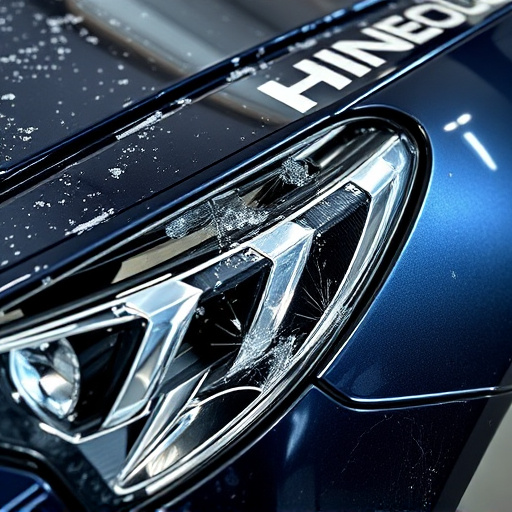
OEM strength standards are vital for structural adhesive systems in high-stress automotive applicati…….
Welcome to an in-depth exploration of structural adhesive systems, a revolutionary technology that has transformed various industries worldwide. This article aims to guide you through the intricate world of these systems, shedding light on their applications, benefits, and the significant impact they have on modern engineering and construction practices. By the end, readers will gain a comprehensive understanding of structural adhesives and their pivotal role in shaping our built environment.
Structural adhesive systems, often referred to as structural adhesives, are advanced bonding agents designed to join two or more rigid or semi-rigid materials permanently. Unlike mechanical fasteners or welding, these systems create a strong, seamless bond without the need for external hardware. The primary components include:
The concept of structural adhesives dates back to the early 20th century when researchers began exploring chemical bonding as an alternative to mechanical fastening. However, significant advancements came in the post-World War II era, driven by the need for lightweight, strong materials in aircraft and automotive manufacturing. The development of epoxy adhesives in the 1950s marked a turning point, offering unparalleled strength and versatility. Since then, continuous research and innovation have led to a vast array of structural adhesive systems tailored to specific applications.
Structural adhesive systems offer numerous advantages over traditional joining methods:
Structural adhesive systems have become a global phenomenon, with significant adoption across continents:
Several key trends are currently influencing the global landscape:
The global structural adhesive market was valued at USD 12.5 billion in 2021 and is projected to grow at a CAGR of 7.2% from 2022 to 2030 (Grand View Research). This growth is driven by the increasing demand for lightweight, strong materials in various industries, especially automotive, aerospace, and construction.
The market attracts significant investment due to:
These systems have a profound economic impact:
The field of structural adhesive systems has witnessed several remarkable technological advancements:
Upcoming technologies set to shape the industry include:
The development and application of structural adhesive systems are governed by various policies and regulations, ensuring safety, quality, and sustainability:
These policies have far-reaching implications:
Despite their numerous advantages, structural adhesive systems face several challenges and criticisms:
Proactive solutions and strategies address these challenges:
Challenge: The aerospace industry sought a lightweight, strong adhesive to replace riveting for certain aircraft components, reducing weight and assembly time.
Solution: A leading aerospace manufacturer developed a specialized epoxy adhesive with exceptional tensile strength and low moisture sensitivity. This adhesive enabled seamless bonding of composite materials, eliminating the need for hundreds of rivets in some parts.
Impact: The result was a 20% reduction in aircraft weight, leading to improved fuel efficiency and reduced carbon emissions. The assembly process became faster and more efficient, allowing manufacturers to meet rising demand.
Objective: To develop a durable adhesive for bonding composite materials in the construction of offshore wind turbines, ensuring structural integrity in harsh marine environments.
Approach: Researchers collaborated to create a hybrid adhesive combining epoxy and polyurethane components. This formulation exhibited superior resistance to corrosion, UV radiation, and high wave energy.
Achievements: The adhesive successfully bonded various composite materials, leading to the construction of stronger, lighter offshore structures. It withstood rigorous testing in simulated marine conditions, ensuring long-term durability and safety.
Design Goal: Automakers aimed to create lightweight, flexible interior panels with intricate designs while maintaining structural integrity and aesthetic appeal.
Adhesive Technology: A new light-cured adhesive enabled precise bonding of thin, complex shapes, allowing for creative interior designs. Its fast curing time facilitated rapid prototyping and production.
Benefits: The adoption of this technology resulted in significant weight reduction compared to traditional methods, improving fuel efficiency. The interior panels offered enhanced structural rigidity and superior visual appeal, enhancing the overall driving experience.
The future holds immense potential for structural adhesive systems:
Keep an eye on these emerging trends:
Structural adhesive systems have come a long way since their early beginnings, evolving into a powerful technology that shapes modern engineering and construction practices. With continuous technological advancements, growing global adoption, and increasing demand for sustainable solutions, the industry is poised for significant growth. As challenges are addressed and new opportunities emerge, structural adhesives will play an even more critical role in creating durable, efficient, and environmentally conscious structures worldwide.
Q: How do structural adhesives differ from traditional fasteners?
A: Structural adhesives provide a permanent, seamless bond, eliminating the need for hardware. In contrast, traditional fasteners like screws or rivets offer temporary or mechanical connections. Adhesives create stronger bonds and are suitable for applications where aesthetics or structural integrity is paramount.
Q: What are some common environmental concerns related to these systems?
A: While significant strides have been made, certain structural adhesives may contain volatile organic compounds (VOCs) or harmful chemicals. Regulatory bodies worldwide are driving the development of water-based, low-VOC, and bio-based adhesives to minimize environmental impact without compromising performance.
Q: Can structural adhesives be used for outdoor applications?
A: Absolutely! Many modern structural adhesives offer excellent resistance to moisture, UV radiation, and extreme temperatures, making them suitable for outdoor use in construction, marine, and automotive industries.
Q: How do I choose the right adhesive for my application?
A: Selection depends on various factors, including materials to be bonded, environmental conditions, required strength, and cost. Consulting with industry experts or manufacturers who can provide technical guidance based on specific project needs is essential.
Q: Are there any safety considerations when working with structural adhesives?
A: Yes, proper safety precautions are crucial. Adhesives may emit fumes or cause skin irritation, so wearing protective gear like gloves and masks is recommended. Ensure adequate ventilation during application, especially for light-cured adhesives.

OEM strength standards are vital for structural adhesive systems in high-stress automotive applicati…….
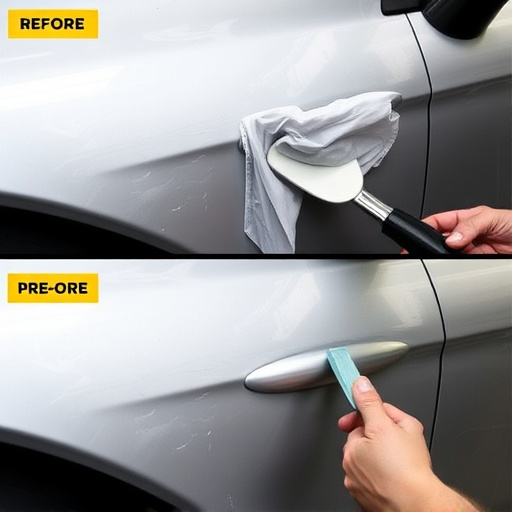
Selecting structural adhesive systems requires understanding material compatibility and choosing pro…….
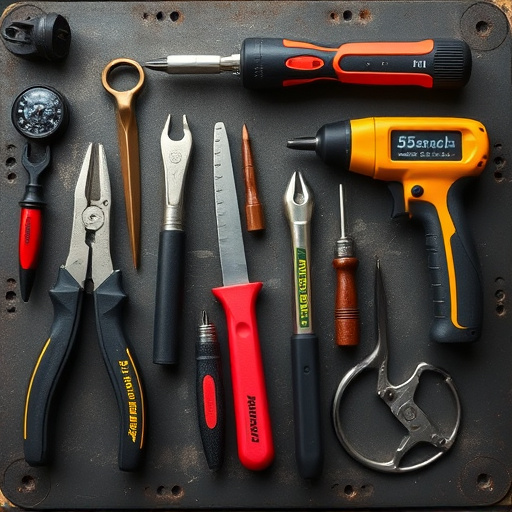
Structural adhesive systems transform custom and performance vehicle builds by offering unparalleled…….
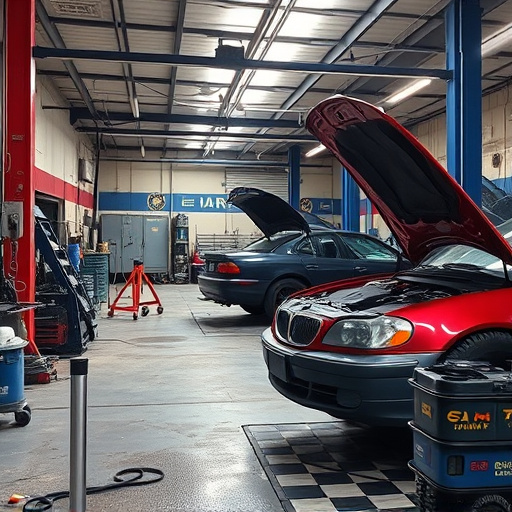
Structural adhesive systems are indispensable in modern auto industries for strong material bonding……..

OEM strength standards are crucial for structural adhesive systems in automotive applications, ensur…….

Structural adhesive systems revolutionize auto repairs with enhanced bond strength, durability, and…….

Structural adhesive systems, including epoxy, polyurethane, and cyanoacrylate (super glue), cater to…….

Structural adhesive systems are transforming auto body repairs with innovative, precise, and durable…….
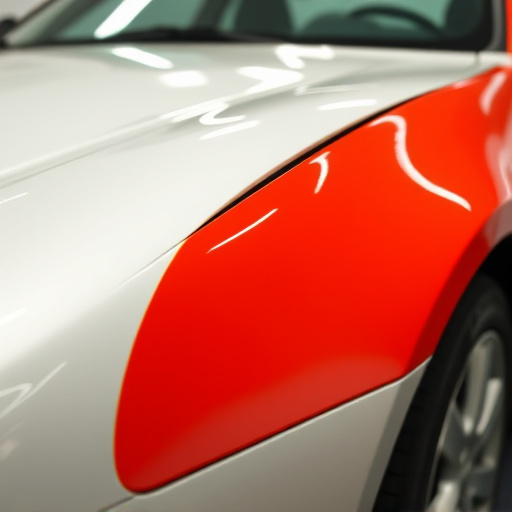
Structural adhesive systems require specific adhesives for diverse materials like metal and composit…….
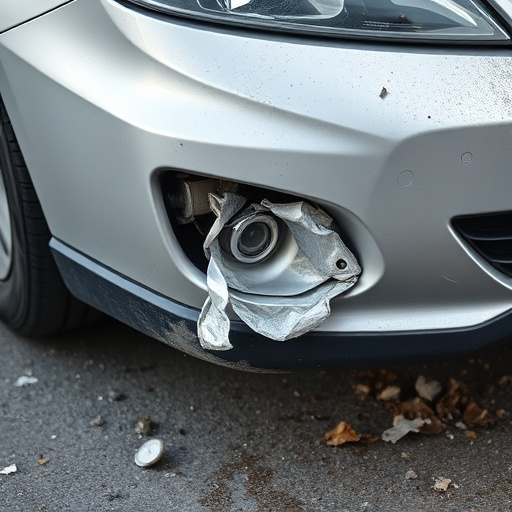
Structural adhesive systems are essential for composite and aluminum material bonding in industries…….